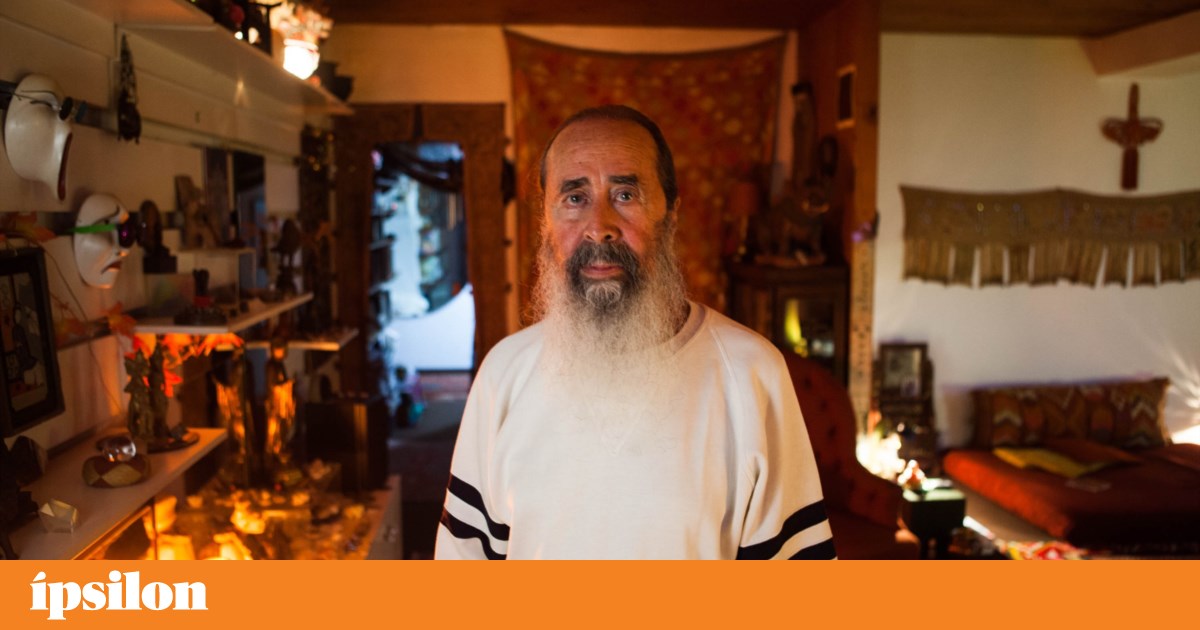They described Vitor Bandera as “an artist, researcher, art collector and antiques dealer.” To which we may add a strong desire for world and adventure, and a restless character, strangely mixed with Buddhist serenity, as we say, which made it impossible to return to the confines of his city, Lisbon, and the country and time in which he lived. He was born in Portugal in 1931. The two characteristics came together in what was to be his great contribution to Portuguese culture.
After he passed away on Thursday at the age of 92, PÚBLICO has learned from a close source that Vitor Bandeira is one of the great figures of the National Museum of Ethnology (MNE) – we can consider him, albeit unofficially, one of the founders of the National Museum of Ethnology. The Foundation – responsible for collecting about five thousand artifacts on display there in Africa, Asia and South America. A perfect summary, “Tantas Vida Numa Vida” is named for a profile of Bandeira written by Alexandra Lucas Coelho for PÚBLICO in 2014.
In the early 1960s, this former Lisbon Club Genacio trapeze artist, fine arts student, and would-be architect who later became a partner in an antiques dealer, traveled to France, England, and the Netherlands to acquire pieces for resale in Lisbon. , he decided that instead of looking for used ethnographic objects, the ones he liked best among the antiques he sold, it would be better to find them at their source. He sold his share in the antique shop in Principe Real, in Lisbon, bought a Jeep and left with his then-wife and a French friend. Sahara, Senegal, Mali, Ivory Coast, Equatorial Guinea.
Months later, he returned to Portugal with a collection generous enough for a childhood friend, the sculptor Lagoa Henriques, to suggest organizing an exhibition in Porto. Poet Eugenio de Andrade is fascinated by what he sees and speaks with Jorge Dias, founder of the MNE. “Jorge Dias went to see him, talked to me, we really liked each other, and the museum ended up buying the pieces from me. A great friendship developed,” Vitor Bandeira recalls to PÚBLICO in the above-mentioned interview. A great friendship and collaboration that will continue over time.
He would then depart for the Amazon with the aim of creating a collection for the museum, which he did over the course of a year, following his usual methodology: settling within the population from which he acquired the objects, living together, investigating, and accumulating. Photographic and cinematic documentation is also preserved at the MNE. A self-taught archaeologist and experienced traveller, he also collected objects for the collection in Asia, in countries such as Indonesia, Thailand, Japan, Sri Lanka and Burma. Seven sculptures of a religious nature, acquired during these trips in the early 1970s, were presented to the public for the first time in 2017, in the exhibition. Return to the light.
I lived in an apartment on the Costa da Caparica, on the tenth floor, with an open view of the sea. The interior design, in turn, was a reflection of the world he had created himself, decorated with pieces from the many lands he traveled through. There he admitted to Alexandra Lucas Coelho, recalling his first African tour: “I really liked African things. I had to sell it to go on another trip. Deep down, what I really liked was traveling.

“Infuriatingly humble analyst. Bacon maven. Proud food specialist. Certified reader. Avid writer. Zombie advocate. Incurable problem solver.”

